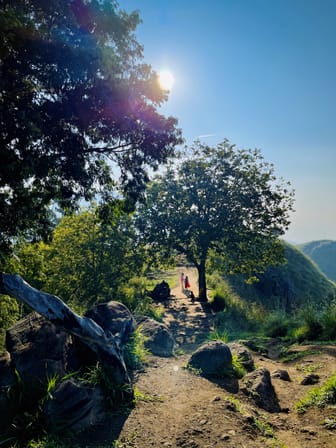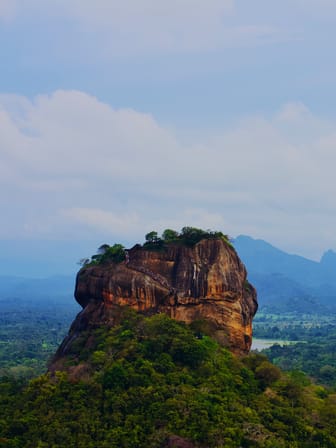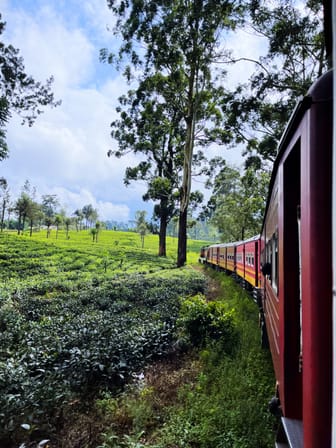Polonnaruwa Ancient City


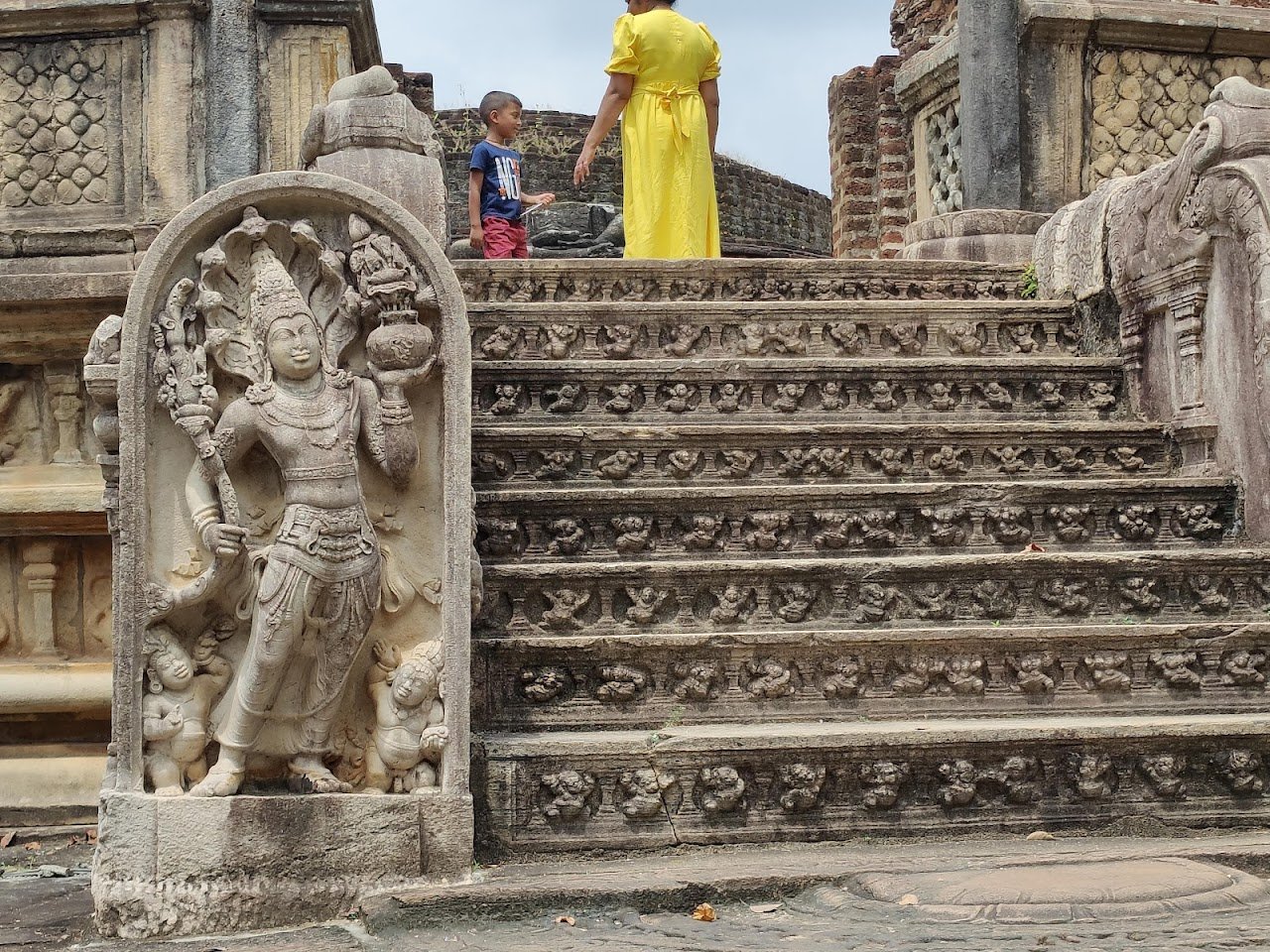
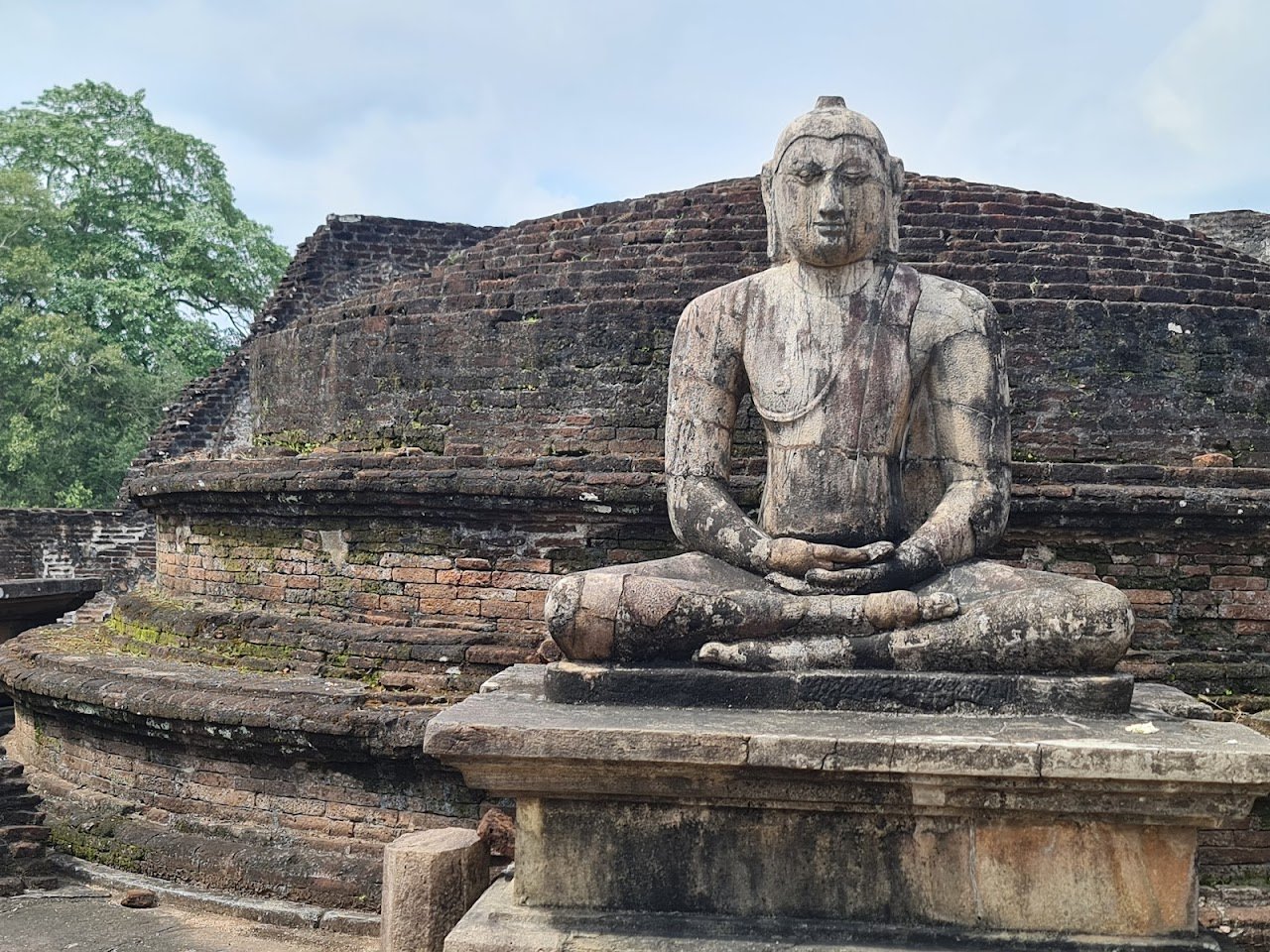

Ask ThatchGPT
Recommend a local expert to help plan my Polonnaruwa trip
Suggest an unique itinerary for my Polonnaruwa trip
What foods do Polonnaruwa locals eat
What are some true hidden gems in Polonnaruwa
Help me brainstorm trip ideas for Polonnaruwa
Help me plan a family-friendly trip to Polonnaruwa
What people say
Ravindu DTH
"Polonnaruwa Ancient City, a UNESCO World Heritage site, is one of Sri Lanka’s most significant historical landmarks, offering a fascinating glimpse into the country’s rich cultural and architectural heritage. Once the capital of Sri Lanka from the 11th to 13th centuries, Polonnaruwa is renowned for its well-preserved ruins and ancient structures, which include palaces, temples, and stupas.
The city flourished under the reign of King Parakramabahu I, who is credited with expanding and beautifying the city, as well as building extensive irrigation systems that transformed the area into a prosperous hub. Key highlights of the city include the remarkable *Gal Vihara* rock temple with its stunning Buddha statues, the majestic *Rankoth Vehera* stupa, and the *Royal Palace* ruins. The *Parakrama Samudra*, an ancient man-made reservoir, is also a notable feature of the site, reflecting the advanced engineering of the time.
**Pro tip:** The ancient city is spread over a large area, so it’s recommended to either rent a bicycle or hire a guide to help explore the key sites. It’s also a great place for photography, especially at sunrise or sunset, when the lighting enhances the beauty of the ruins. Take time to appreciate the historical significance of the city and the legacy of the ancient Sri Lankan kings who once ruled from this magnificent capital."
Vandana Hettiaratchi
Available for hire
"Just over 3 hours northeast of Kandy, Polonnaruwa puffs of immense historical, cultural, and architectural value and is a place you shouldn’t miss! Don't forget to visit the Royal Palace, Gal Viharaya, Polonnaruwa Vatadge, Lantatilake Temple, and Nelum Pokuna."
Read more in:
Federica Mellia
Available for hire
"Polonnaruwa, the ancient capital of Sri Lanka from the 11th to the 13th century, was declared a UNESCO World Heritage Site in 1982 for its well-preserved buildings and covers 122 hectares of historical monuments.""
Read more in:
Mentioned in these guides
About Polonnaruwa Ancient City
Get the inside scoop on Polonnaruwa Ancient City from local experts, travel creators, and tastemakers. Browse genuine trip notes, Polonnaruwa Ancient City reviews, photos, travel guides, and itineraries from real travelers and plan your trip with confidence.
Save this spot for later or start mapping out a new trip today
Try our AI Travel Assistant and get instant answers to any questions about your trip.
Ask ThatchGPT
